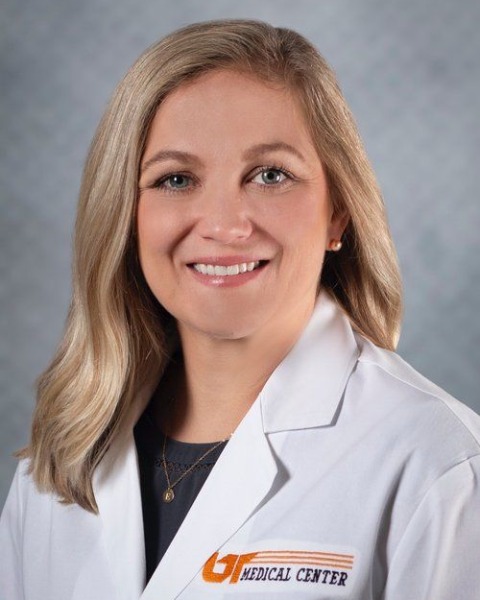Ultrasound/Imaging
Poster Session 1
(296) Large-for-gestational age with polyhydramnios on late third-trimester ultrasound is associated with cesarean delivery.
- HM
Heather Moss, MD
University of Tennessee Graduate School of Medicine
Knoxville, TN, United States 
William L. Riley, MD (he/him/his)
Maternal Fetal Medicine Fellow
University of Tennessee Knoxville
Knoxville, TN, United States- CC
Christiana Coonradt, BS
University of Tennessee Graduate School of Medicine
Knoxville, TN, United States - AM
Alicia Mastronardi, MPH
University of Tennessee Graduate School of Medicine
Knoxville, TN, United States - LB
Leanne Brechtel, MD
University of Tennessee Graduate School of Medicine
Knoxville, TN, United States - JM
Jill Maples, PhD
University of Tennessee Medical Center
Knoxville, TN, United States - Jv
Jaclyn van Nes, MD
UTMC
Knoxville, TN, United States - MP
Mithil Patel, BS
University of Tennessee
Memphis, TN, United States - SS
Sydney Stewart, BS
University of Tennessee Health Science Center
Memphis, TN, United States - SL
Samson Lopez-Schultz, BS
University of Tennessee Health Science Center
Memphis, TN, United States - LB
Louis Brown, BS
University of Tennessee Health Science Center
Memphis, TN, United States - LC
Landon Carroll, BS
University of Tennessee Health Science Center
Memphis, TN, United States - NZ
Nikki B. Zite, MD, MPH
Vice Chair of Education and Advocacy
University of Tennessee Graduate School of Medicine
Knoxville, TN, United States 
Callie Reeder, MD (she/her/hers)
University of Tennessee Graduate School of Medicine
Knoxville, TN, United States
Primary Author(s)
Presenting Author(s)
Coauthor(s)
Study Design:
This is a retrospective cross-sectional study (IRB #4869) of singleton pregnancies with large-for-gestational age (LGA, defined as >90% Estimated Fetal Weight) and/or polyhydramnios (AFI ≥25 or MVP ≥8) findings on late third-trimester ultrasound delivered at a single academic medical center from April 2020 to April 2022. Patients were grouped according to ultrasound findings: 1) LGA or polyhydramnios alone and 2) LGA with polyhydramnios. Demographics and outcome data were analyzed using Fisher’s exact tests and binary regression in SPSS.
Results:
A total of 220 patients were noted to have LGA and/or polyhydramnios on ultrasound performed between 34 and 38-weeks gestation. A significantly higher rate of cesarean delivery (CD) was seen among those patients with LGA and polyhydramnios (62.5%) compared to those with LGA or polyhydramnios alone (41.5%) (p=0.034) (data not shown). After controlling for maternal pre-pregnancy weight status, age, diabetes in pregnancy, gestational age at delivery, and infant sex, the odds of CD among patients with late ultrasound findings of LGA with polyhydramnios was 2.241 (CI .991-5.068, p=0.052) (Table 1).
Conclusion:
LGA with polyhydramnios is associated with CD and can be evaluated on late third-trimester ultrasound. This information could be valuable in counseling patients on mode of delivery and its potential complications. Further investigation is warranted to establish whether late third-trimester ultrasound should be standard.

